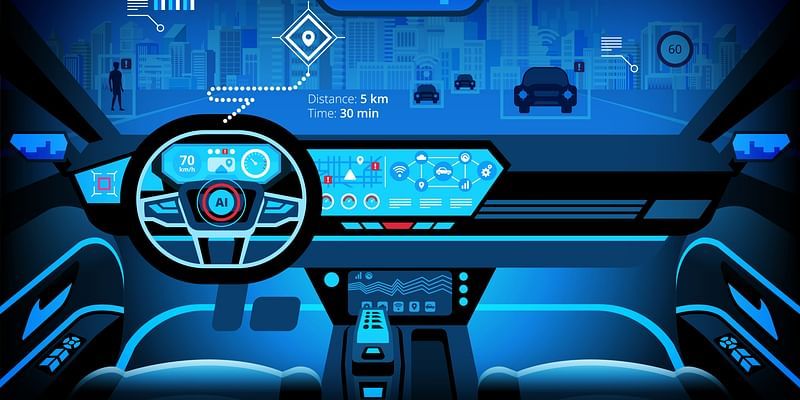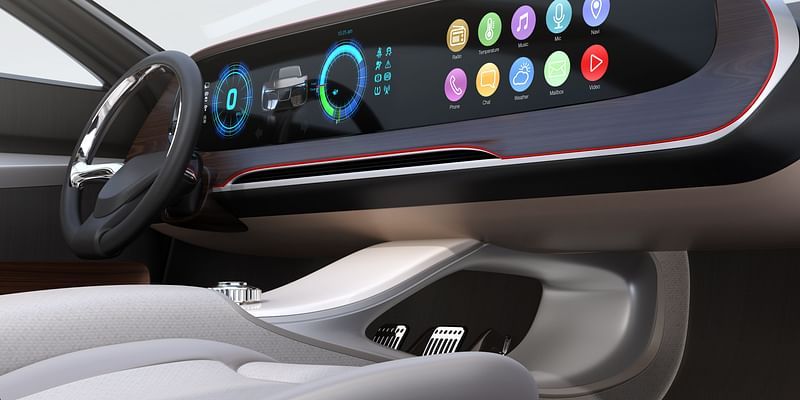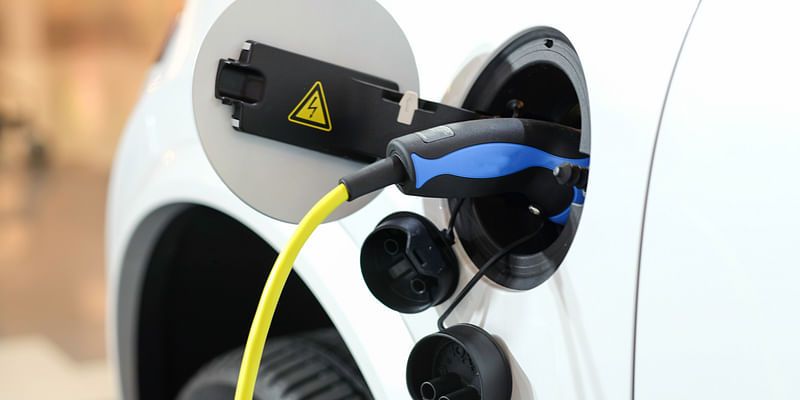
KPIT Technologies has set itself some audacious goals.
The Pune-based auto tech company, which has centres in Europe, the US, Japan, and China, is looking to expand into new markets in Southeast Asia and Europe, as well as invest more significantly in its commercial vehicle operations.
It is also sharpening its focus on innovation in the customer experience side of things, which has become a central focus for many original equipment manufacturers (OEMs) in recent years.
On the electric vehicle side, after nine years of development, the company is all set to launch its sodium-ion battery technology, which, it asserts, surpasses its lithium-ion counterpart. According to KPIT, its sodium-ion batteries offer three times faster charging, increased cost-effectiveness, inherent self-cooling capabilities, and higher power density, among several other benefits.
It can be used across vehicle form factors, although the company is looking at developing it for three-wheelers currently.
From a wide-angle view, KPIT is smack dab in the middle of the next wave of tech advancements in the automotive industry.
The company’s resolve to double down on its tech innovation efforts—a path it started down over 15 years ago when it decided to shift away from its IT roots and focus on developing futuristic technologies for the automotive industry—comes against the backdrop of its crosstown rival, Tata Technologies’ successful initial public offering (IPO) late last month that saw shares debuting at a premium of 140% to their issue price.

.thumbnailWrapper
width:6.62rem !important;
.alsoReadTitleImage
min-width: 81px !important;
min-height: 81px !important;
.alsoReadMainTitleText
font-size: 14px !important;
line-height: 20px !important;
.alsoReadHeadText
font-size: 24px !important;
line-height: 20px !important;

Tata Technologies’s shares are still up 140% from their issue price of Rs 500 apiece.
In the meantime, KPIT has surfed its own upward surge, with shares climbing over 100% year-to-date as of its last closing.
Certainly, KPIT’s strategic decisions have proven successful, with the company maintaining its belief that it holds the optimal position to capitalise on the growing emphasis OEMs are placing on top-tier software solutions that enhance user experience.
KPIT projects that by 2026-27, OEMS will allocate at least 25-30% of their R&D budget to software development. At the same time, OEMs will continue to move away from having multiple controllers for separate functions—such as driving assistance or controlling entertainment systems—to a centralised architecture that will be able to control most things.
“The future in automotive is software on wheels, what we call software-defined vehicles or SDVs today,” says Kishor Patil, CEO and Managing Director of KPIT Technologies.
The company is currently running six SDV programs with its partners, including Jaguar Land Rover, Panasonic, BMW, Honda, Renault, GM, Daimler, and Mercedes-Benz, among others.
SDV and monetisation opportunities
Before the likes of KPIT came into the picture, multiple hardware and software suppliers provided parts and code to OEMs. Sourcing software and hardware from different vendors necessitated integrations so that every system worked smoothly with the other—and those integrations took ages, lengthening the vehicle development process for OEMs and resulting in financial losses.
This integration process is where a ‘middleware’ company like KPIT comes in—it helps the software and hardware to essentially talk to each other, better. It also facilitates communication and integration between different components, applications, and systems within a vehicle’s electronic architecture.

.thumbnailWrapper
width:6.62rem !important;
.alsoReadTitleImage
min-width: 81px !important;
min-height: 81px !important;
.alsoReadMainTitleText
font-size: 14px !important;
line-height: 20px !important;
.alsoReadHeadText
font-size: 24px !important;
line-height: 20px !important;

Without middleware technologies such as those developed by KPIT and Tata Technologies, advanced features and technologies in vehicles such as infotainment systems, advanced driver assistance systems (ADAS), telematics, etc., can’t function properly.
OEMs value this integration because it allows them to provide customers not just with advanced features like safety, driver assistance, and entertainment, but also the opportunity to customise their vehicle and overall driving experience. These customisation options could extend from selecting dashboard light colours and defining individual temperature zones in the car to implementing voice recognition systems tailored to individual accents or utilising onboard cameras for reasons beyond safety and monitoring.
More importantly, they are the new revenue streams for OEMs in the form of premium services, applications, and software upgrades that users can pay for separately, post-purchase.
“Think iPhone-as-a-platform that lets users download various apps and use the same hardware for different use cases. OEMs will also be able to leverage the existing fittings in the car (the “hardware”) to offer a variety of features and explore pay-per-use or pay-as-you-go models,” says Anup Sable, Chief Technology Officer at KPIT.
It could be as simple as using the car’s cameras to scan for shops that might be selling a specific item one needs, or being rewarded for visiting the same petrol station every time your car needs to fuel up, Sable elucidates.
KPIT has been increasingly focused on developing hyper-personalisation features for its customers for interesting use cases, including locating parking spots in an area, as well as using AI to recognise and interpret street signals, to name a few.
To help OEMs build better monetisation channels, the company has been exploring the possibilities for leveraging data gathered by a car’s sensors and cameras, including selling to third parties who can then use it to build new offerings.
“There’s a lot of value in hyperlocal real-time data, which can be monetised. It can be made available as a service. OEMs can make information like parking, weather, and traffic available to not just their customers, but also sell the service to other service providers,” explains Sable.

.thumbnailWrapper
width:6.62rem !important;
.alsoReadTitleImage
min-width: 81px !important;
min-height: 81px !important;
.alsoReadMainTitleText
font-size: 14px !important;
line-height: 20px !important;
.alsoReadHeadText
font-size: 24px !important;
line-height: 20px !important;

For OEMs, a software-defined vehicle is not only a channel to create recurring revenue streams and offer a better user experience, but to also make it more affordable for users to own a vehicle.
Most modern vehicles today have basic features like cameras, sensors, touchscreen infotainment systems, etc. If we could use these electronics to offer more value-based services, but not charge for it upfront (built into the on-road price of the vehicle), owning a vehicle becomes much more affordable,” says a Hyundai India spokesperson.
KPIT’s EV push
The recent interest in–and the–adoption of electric vehicles is a big reason the automotive industry is also looking to strengthen its software capabilities. In many ways, SDV is an offshoot of the EV movement.
KPIT, Tata Technologies, and other such tech companies not only help develop and integrate the software used in EV powertrains, but also play a pivotal role in advancing innovations.
KPIT’s latest sodium-ion battery technology is one such example of the company pushing the envelope for a more sustainable, longer-lasting EV battery forward. The company also works with its partners to design, develop, and eventually stress test a range of EV-related technologies, including onboard battery charging software, etc.
Sable tells YourStory that the company is looking to develop similar smart technologies for electric commercial vehicles, but did not elaborate any further.
Edited by Megha Reddy










